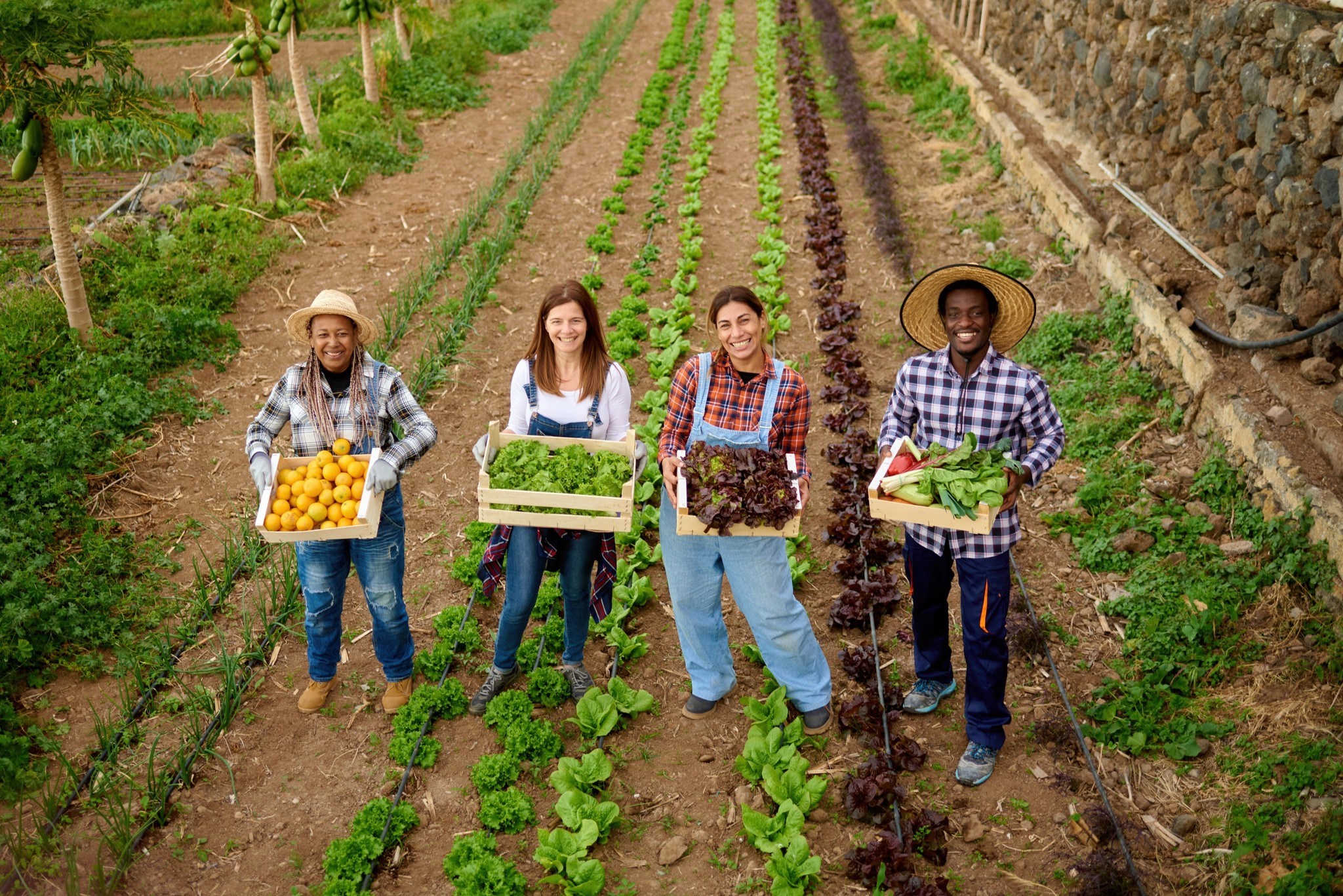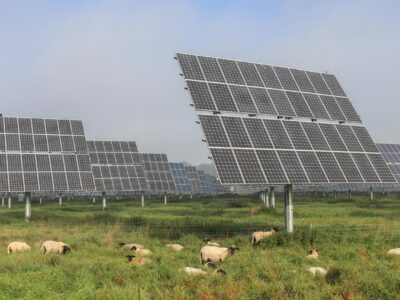The future of farming is critical to the health and security of any nation’s population. Support and funding for farmers are paramount for the United States Department of Agriculture (USDA). In some cases, farm consolidation can help improve economic opportunity for people who work in the agriculture industry. In the battle to improve the overall future of farming, as the number of farms globally is decreasing every year, consolidation is a prospective solution that has both its supporters and its naysayers.
Much of the decline in the total number of distinct farms is due to population migration from rural areas into cities and general global economic growth. The USDA’s Rural Development Department has created numerous new programs to provide loans and grants to rural communities to support growers.
Research at the University of Colorado Boulder shows the number of farms worldwide will shrink in half as the average existing farm size doubles by the end of this century.
Published in May 2023, the report indicates that the total number of farms worldwide will drop from 616 million in 2020 to 272 million in 2100. Academics believe this is because “as a country’s economy grows, more people migrate to urban areas, leaving fewer people in rural areas to tend the land.”
Photo Courtesy Kenan Kitchen
“We see a turning point from widespread farm creation to widespread consolidation on a global level, and that’s the future trajectory that humanity is currently on,” Zia Mehrabi, assistant professor of Environmental Studies at CU Boulder, explained to CU Boulder Today.
The trend is occuring in the U.S., where the USDA shared from a recent survey that 200,000 fewer farms existed in 2022 than in 2007.
CU Boulder Today reported that Mehrabi’s previous research found that many are small, family-owned farms, which make up a quarter of the global farming land but harvest one-third of the world’s food.
Since 2015, America’s farmland acreage has decreased by 12.39 million acres, an average loss of nearly 1.8 million acres per year. With the American population on the rise, from 336 million in 2023 to 373 million in 2053, losing agriculture could have a dangerous effect on food output and supply. In the end, fewer farms means less food security.
Photo Courtesy U.S. Department of Agriculture
Farm consolidation is the joining together of smaller farmers into a larger conglomerate. Some say it can help improve economic opportunity for people who work in the agriculture industry. Supporters also suggest it’s a tool in the battle to improve the overall future of farming, as the number of farms globally is decreasing yearly.
Mehrabi told CU Boulder Today that this process can improve economic opportunity, allowing people to choose career paths within or outside the agricultural industry. According to his paper, farm consolidation can enhance labor productivity and economic growth with a larger non-farm employment workforce and better management systems.
Nonsupporters believe this consolidation creates a farming monoculture, decreasing the variety of natural vegetation and often overusing fertilizers and pesticides, creating soil health hazards and a greater risk of erosion. It also may negatively affect pollinators. Critics of the practice say it takes the hands out of more environmentally-minded small farmers and can have a negative trickle-down effect on local economies.
With strong opinions on both sides, the one thing everyone agrees on is that a sustainable future for farming is a critical issue across the globe.
Video Courtesy USDA Rural Development
“Currently, we have around 600 million farms feeding the world, and they’re carrying 8 billion people on their shoulders,” Mehrabi said to CU Boulder Today. “By the end of the century, we’ll likely have half the number of farmers feeding even more people. We really need to think about how we can have the education and support systems in place to support those farmers.”
To tackle this issue, the U.S. government has numerous programs designed to support rural farmers and their families. The USDA Rural Development operates more than 70 programs and delivers more than $40 billion a year in loans, loan guarantees, and grants to rural communities.





